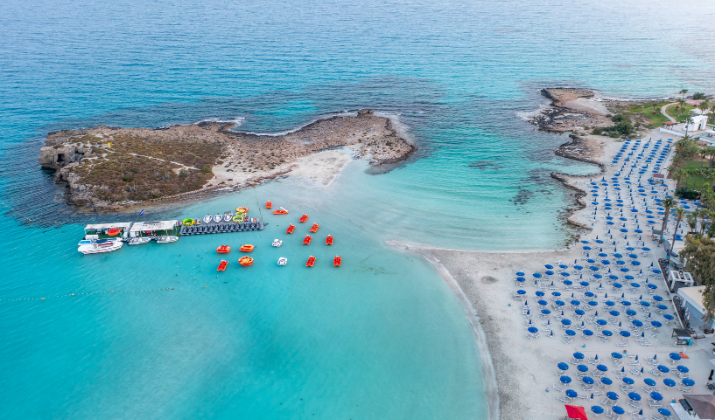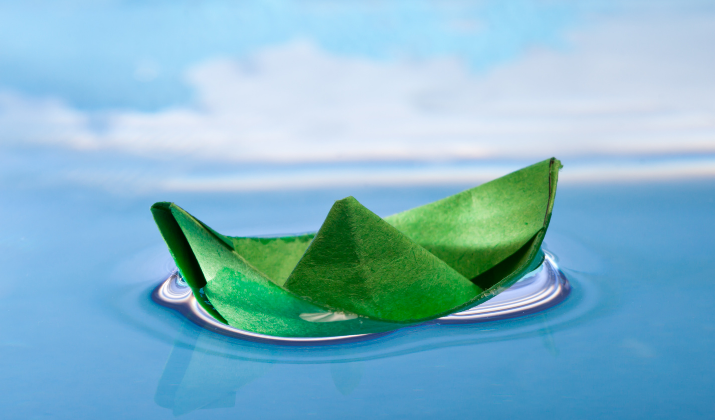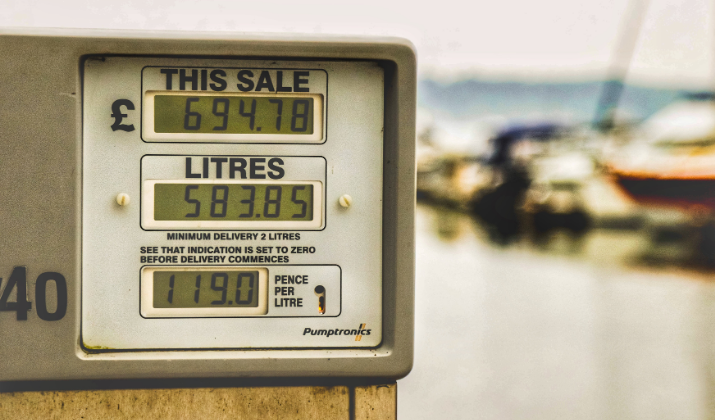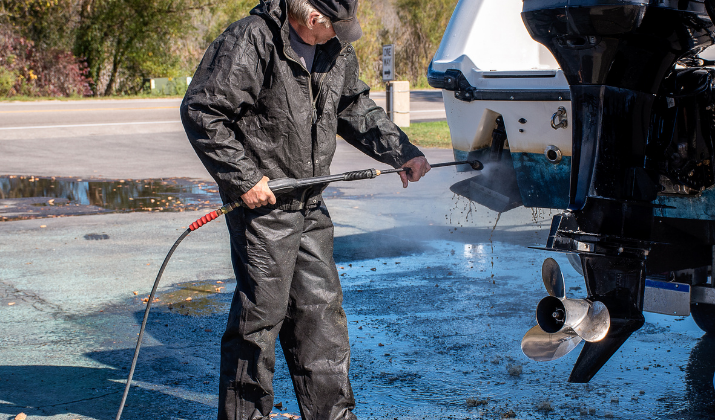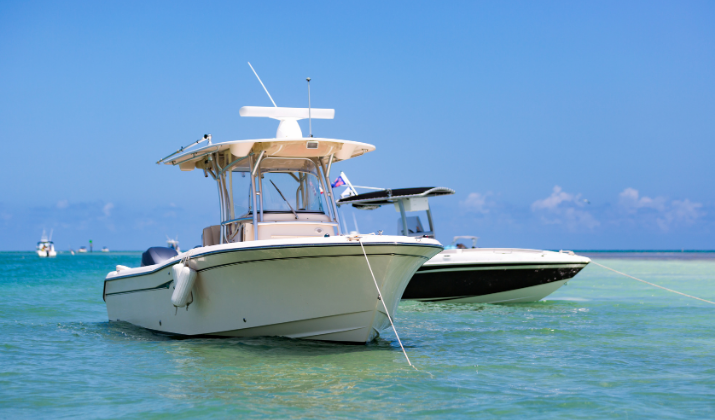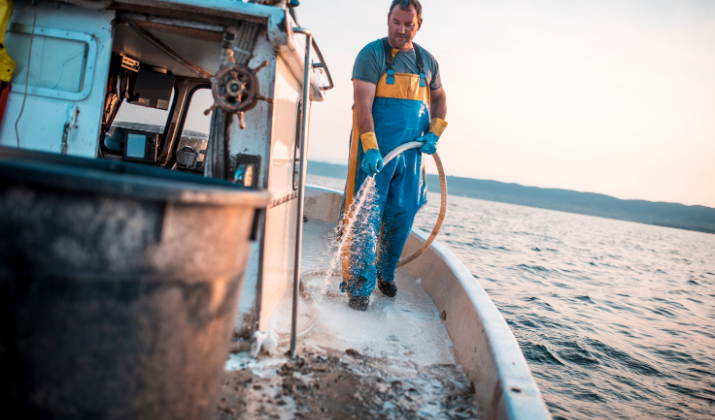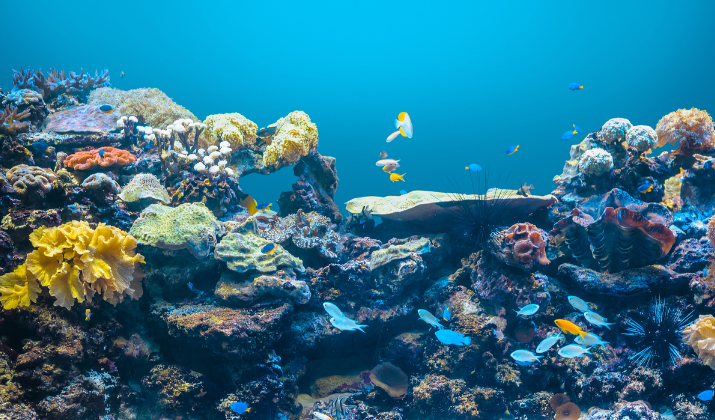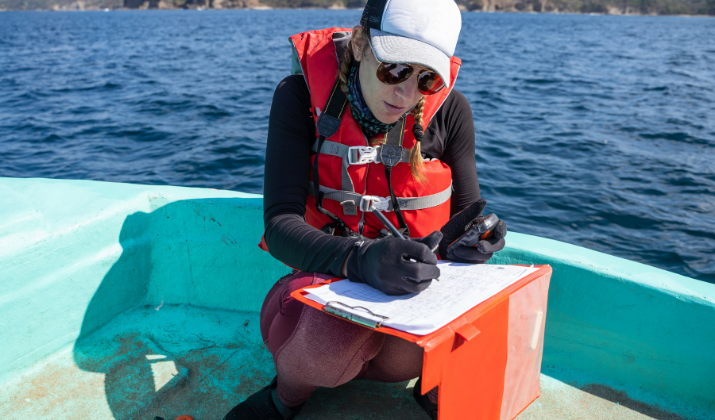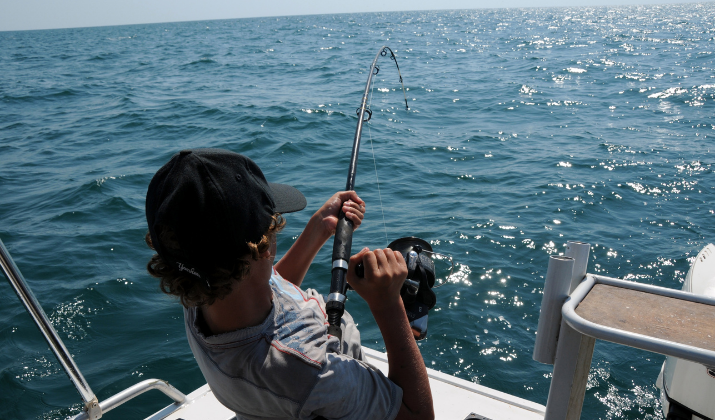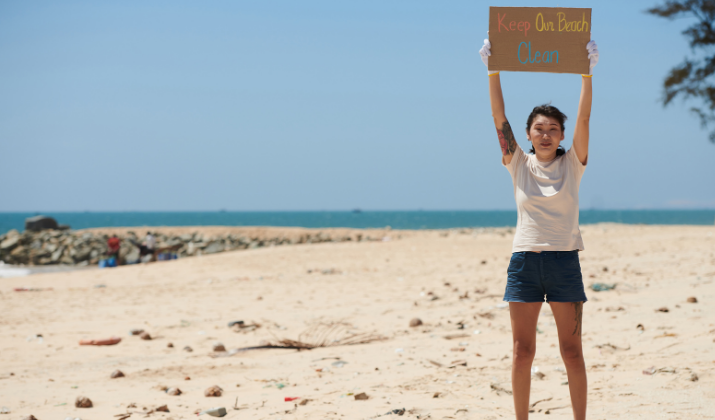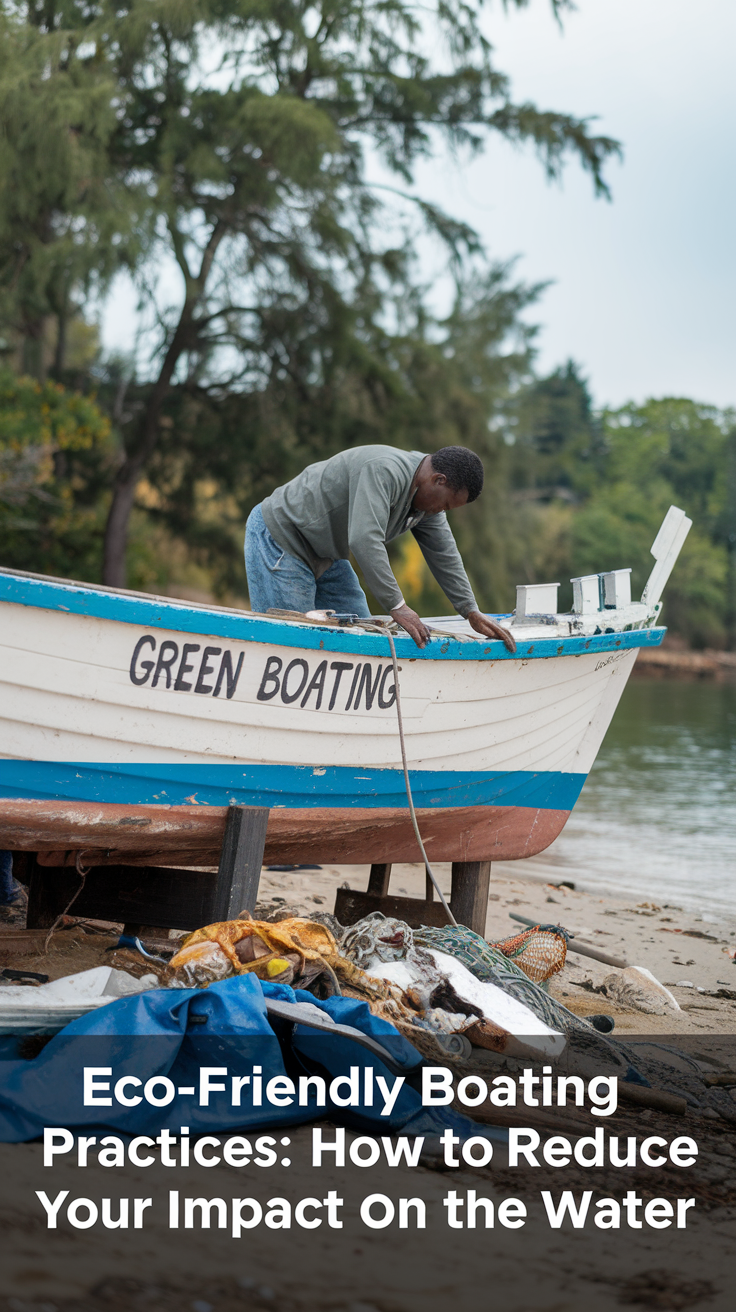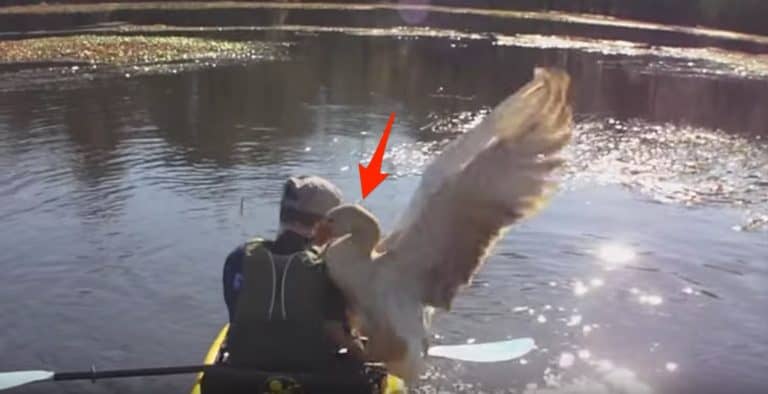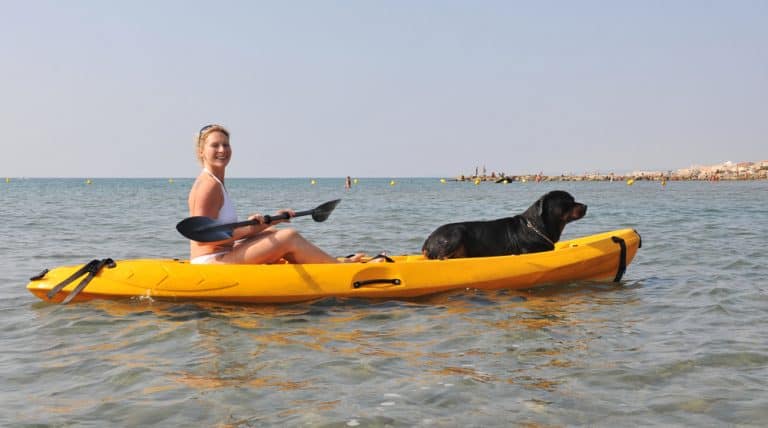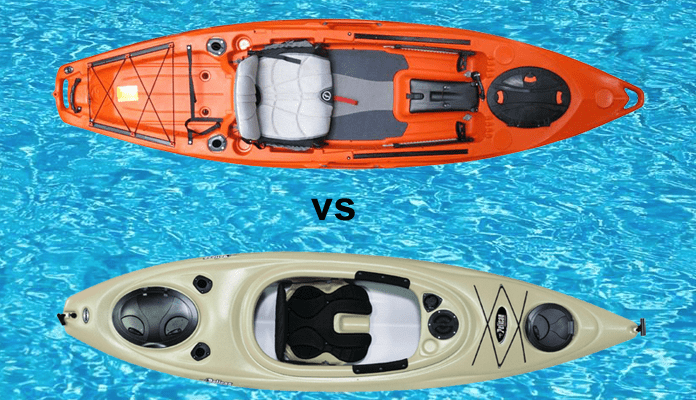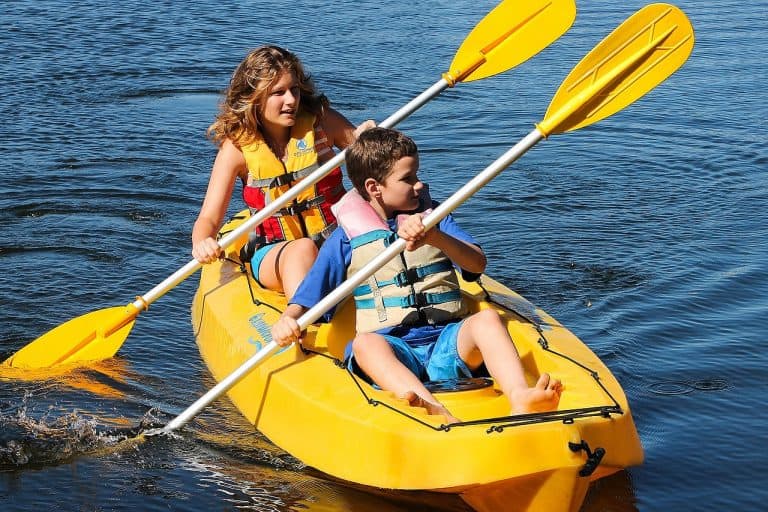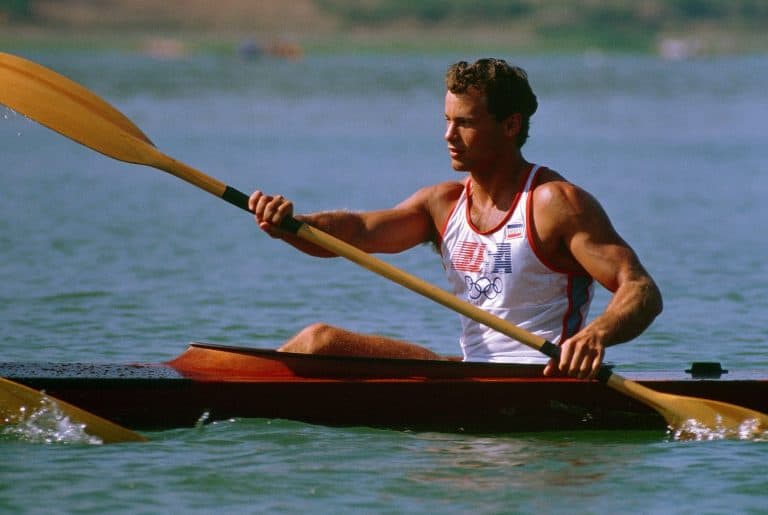As boating enthusiasts, we have a special responsibility to protect the aquatic environments we enjoy.
Our actions on the water can have lasting impacts on marine ecosystems, water quality, and wildlife.
The relationship between recreational boating and environmental conservation has become increasingly important as we better understand the delicate balance of our marine ecosystems.
This guide will explore practical ways to make your boating experience more environmentally conscious without sacrificing any of the joy that comes from being out on the water, while ensuring that future generations can enjoy the same pristine conditions we cherish today.
Let’s take a look.
Also Read: Best Eco-friendly Kayaking Practices To Protect Our Waters
Proper Maintenance: The Foundation of Green Boating
Regular maintenance isn’t just about keeping your boat running smoothly—it’s your first line of defense against environmental damage.
A well-maintained boat produces fewer emissions and is less likely to leak harmful substances into the water. Modern marine engines are designed to be more efficient than ever before, but they require consistent care to maintain that efficiency.
Start by establishing a regular maintenance schedule that includes checking and replacing fuel filters, oil filters, and spark plugs at manufacturer-recommended intervals.
Pay special attention to your engine’s cooling system, as an overheating engine not only performs poorly but also produces more harmful emissions.
The type of engine you choose makes a significant difference in your environmental impact. Traditional two-stroke engines, while simple and reliable, can release up to 30% of their fuel unburned directly into the water.
Consider upgrading to a modern four-stroke engine or, better yet, explore the growing options in electric marine propulsion.
Electric motors not only eliminate fuel emissions entirely but also reduce noise pollution, which can disturb marine life. If replacement isn’t feasible, ensure your current engine is properly tuned and running at peak efficiency.
Installation of a high-quality bilge filter should be considered mandatory for any environmentally conscious boater. These filters can remove up to 99% of oil and fuel from bilge water before it’s pumped overboard.
Complement this with the strategic placement of absorbent pads in your bilge area, focusing on areas where oil or fuel might accumulate.
These pads should be checked and replaced regularly, with used pads disposed of properly as hazardous waste. When performing maintenance, create a designated work area with proper containment measures.
Use a large, impermeable ground cloth to catch any spills, and keep a supply of absorbent materials nearby for immediate cleanup of any accidents.
Also Read: Boat Flooring Mistakes To Avoid
Smart Fueling Practices
The way you handle fuel can make a significant difference in your environmental impact, and proper fueling practices go far beyond simply avoiding spills.
Understanding fuel expansion is crucial – gasoline can expand by up to 6% as it warms up, which is why you should never fill your tank to the absolute top.
A good rule of thumb is to fill your tank to about 90% capacity, leaving room for expansion. This practice not only prevents overflow but also helps maintain proper fuel system function.
Modern fueling equipment has significantly improved the safety and environmental impact of refueling. Invest in a high-quality fuel collar or bib that fits your boat’s fuel intake perfectly.
These devices catch the small drips and spills that might otherwise end up in the water. Keep a supply of fuel absorption pads readily available, and place them strategically around the fuel intake during refueling.
Consider using fuel additives specifically designed to improve efficiency and reduce emissions, but research them carefully to ensure they’re environmentally safe.
The timing of your refueling is also important. Fuel during the cooler parts of the day to minimize expansion and evaporation.
Take advantage of modern fuel dock systems that include vapor recovery systems, and support marinas that invest in environmental protection measures.
If you must carry spare fuel, use only approved containers and secure them properly to prevent spills in rough conditions.
Responsible Waste Management
Proper waste handling extends far beyond the obvious practice of not throwing trash overboard.
Modern boats should be equipped with a Type III Marine Sanitation Device (MSD) that allows for complete containment of sewage until it can be properly disposed of at a pump-out station.
These systems should be maintained regularly to prevent leaks and ensure proper function. Develop a relationship with local pump-out stations and learn their operating hours and procedures.
Many areas now offer mobile pump-out services that will come to your slip, making proper waste disposal even more convenient.
Create a comprehensive waste management plan for your boat that includes separate containers for different types of waste. Use sturdy, covered containers for general trash, and implement a sorting system for recyclables.
Consider composting appropriate food waste when you return to shore rather than disposing of it at sea. Even when regulations permit the discharge of certain types of waste in offshore waters, choose to retain and properly dispose of all waste on shore.
Pay special attention to hazardous materials like used oil, filters, and batteries. Many marinas have specific collection points for these items, and some even offer recycling programs.
Develop a relationship with your local marine supply stores, as many will accept used materials for proper disposal. Keep a detailed log of your waste disposal activities, which can be helpful for planning and demonstrating compliance with local regulations.
How you operate your boat has a direct impact on the marine environment, and mindful navigation goes beyond simply following channel markers.
Understanding the bathymetry (underwater topography) of your boating areas helps you avoid sensitive shallow areas and prevent prop scarring of seagrass beds.
Modern depth finders and GPS systems can be valuable tools for environmental protection when used properly. Take the time to study local nautical charts and identify environmentally sensitive areas before you head out.
Proper anchoring technique is crucial for protecting marine ecosystems. The impact of improper anchoring can devastate coral reefs, seagrass beds, and other sensitive underwater habitats that can take decades to recover.
Learn to identify different types of bottom composition through your depth finder, and always aim to anchor in sandy or muddy areas.
When approaching an anchoring site, slow down early and assess the area carefully. Look for signs of seagrass or coral, which often appear as darker patches in the water.
Consider investing in advanced anchoring technology, such as setting alarms for anchor drag or using GPS-based systems that can help you maintain position without physical anchoring.
When mooring buoys are available, always use them instead of anchoring. These permanent moorings are specifically placed to minimize environmental impact while providing secure holding.
Support local initiatives to install and maintain mooring buoys in popular anchoring areas.
Also Read: Boat Maintenance Tips
Clean Boating Habits
The products and methods you use to clean your boat can have far-reaching effects on water quality and marine life.
Modern marine cleaning products have evolved significantly, with many manufacturers now offering biodegradable alternatives to traditional cleaners.
These eco-friendly products are often just as effective but break down naturally in the environment without leaving harmful residues.
Read product labels carefully and look for third-party environmental certifications rather than just marketing claims.
Develop a cleaning routine that minimizes the need for harsh chemicals. Regular freshwater rinses after each use can prevent the buildup of salt, dirt, and marine growth that might otherwise require aggressive cleaning methods.
When cleaning is necessary, start with the mildest effective solution first. Simple solutions like vinegar and water can often handle many cleaning tasks effectively.
For more stubborn problems, use mechanical cleaning methods like scrubbing before resorting to stronger chemicals.
Consider the timing and location of your cleaning activities. Whenever possible, perform major cleaning tasks while your boat is out of the water, where runoff can be properly contained and disposed of.
When cleaning is necessary while in the water, use minimal amounts of product and ensure that you’re in an area with good water circulation.
Pay special attention to underwater cleaning, as this can release both cleaning products and accumulated toxins directly into the water.
Wildlife Protection
Responsible boating includes understanding and respecting marine wildlife.
Different species have different sensitivity levels to boat traffic, and their behavior can vary seasonally. Learn to recognize signs of distress in marine animals, such as changes in swimming patterns or diving behavior.
Maintain appropriate distances from all marine life – a good rule of thumb is to stay at least 100 yards away from large marine mammals and 50 yards from smaller animals.
Engine noise can significantly impact marine life, affecting everything from communication to feeding patterns. Modern engines are generally quieter, but operational practices make a big difference.
Avoid rapid acceleration and deceleration, which not only create more noise but also consume more fuel. In areas known for marine mammal activity, consider installing propeller guards, which can help prevent accidental strikes and reduce noise.
Create a wildlife observation log to track your encounters and share information with other boaters and conservation organizations.
This data can be valuable for understanding wildlife patterns and protecting sensitive areas. If you encounter injured or distressed wildlife, know who to contact and how to properly report the situation.
Many areas have specific hotlines for marine mammal emergencies.
Also Read: Free Boat Plans To Build
Preventing Invasive Species Spread
Invasive species represent one of the greatest threats to aquatic ecosystems, and boats are one of the primary vectors for their spread.
Develop a comprehensive clean, drain, and dry routine that becomes second nature after every outing. This process should include all parts of your boat that come into contact with water, including areas that aren’t immediately visible, such as shipping areas and trim tabs.
Modern antifouling technologies offer increasingly environmentally friendly options for preventing marine growth on your hull.
Research the various options available, considering factors such as local water conditions and your typical usage patterns.
Some newer coating technologies can provide effective protection without the heavy metals found in traditional antifouling paints.
Maintain detailed records of where you’ve boated and what steps you’ve taken to prevent species transfer. This information can be valuable if invasive species are later discovered in an area.
Support and participate in local monitoring programs that track the spread of invasive species. Early detection and rapid response are critical for controlling these unwanted visitors.
Sustainable Fishing Practices
For those who combine boating with fishing, environmental responsibility takes on additional dimensions.
Understanding fish populations and their breeding cycles helps inform when and where to fish. Use circle hooks whenever possible, as they typically catch fish in the mouth rather than being swallowed, making release easier and improving survival rates.
Keep fish in the water during the release process, and use proper tools like dehooking devices and landing nets designed to minimize stress on the fish.
Fishing line management is crucial for protecting marine life. Never discard old line overboard, as it can entangle marine life for years.
Many tackle shops and marinas now have recycling programs specifically for fishing line and other fishing-related waste. Participate in these programs and encourage others to do the same.
Consider carrying a container specifically for collecting any line or other fishing debris you find while on the water.
Stay informed about local fishing regulations and size limits, understanding that these rules are based on scientific research and population management principles.
Support catch-and-release practices when appropriate, and learn proper handling techniques to ensure released fish have the best chance of survival.
Consider participating in tag-and-release programs, which provide valuable data for fisheries management.
Also Read: Best Saltwater Fishing Boats
Educational Opportunities
Education is perhaps the most powerful tool we have for protecting our marine environments.
Take advantage of opportunities to learn more about marine ecology and conservation. Many areas offer boater education programs that go beyond basic safety to include environmental protection.
These programs often provide valuable insights into local ecosystems and specific challenges they face.
Share your knowledge with others, but do so in a way that encourages rather than lectures. Consider mentoring new boaters, helping them develop good environmental habits from the start.
Support local marine conservation organizations not just with donations but with active participation. Many of these groups organize cleanup events, citizen science projects, and other activities that directly benefit local waterways.
Document and share your own environmental protection efforts. Social media and boating forums can be powerful platforms for spreading awareness of eco-friendly boating practices.
Share both your successes and lessons learned, as this can help others avoid similar mistakes and adopt better practices more quickly.
Also Read: Best Boat Shed Ideas
Conclusion
Eco-friendly boating represents a commitment to preserving the marine environments we cherish while ensuring future generations can enjoy the same experiences we do today.
By implementing these comprehensive practices, you’re not just protecting the environment – you’re enhancing your own boating experience and contributing to a sustainable future for marine recreation.
Remember that every action, no matter how small it might seem, contributes to the larger goal of marine conservation.
As you head out on your next boating adventure, take pride in knowing that you’re part of a growing community of environmentally conscious boaters who are making a real difference in protecting our precious waterways.
The future of boating depends on the actions we take today.
By embracing these eco-friendly practices and continuously educating ourselves about new ways to reduce our environmental impact, we can ensure that the pleasures of boating remain available for generations to come.
Let’s all do our part to be responsible stewards of the marine environment we so deeply enjoy.

